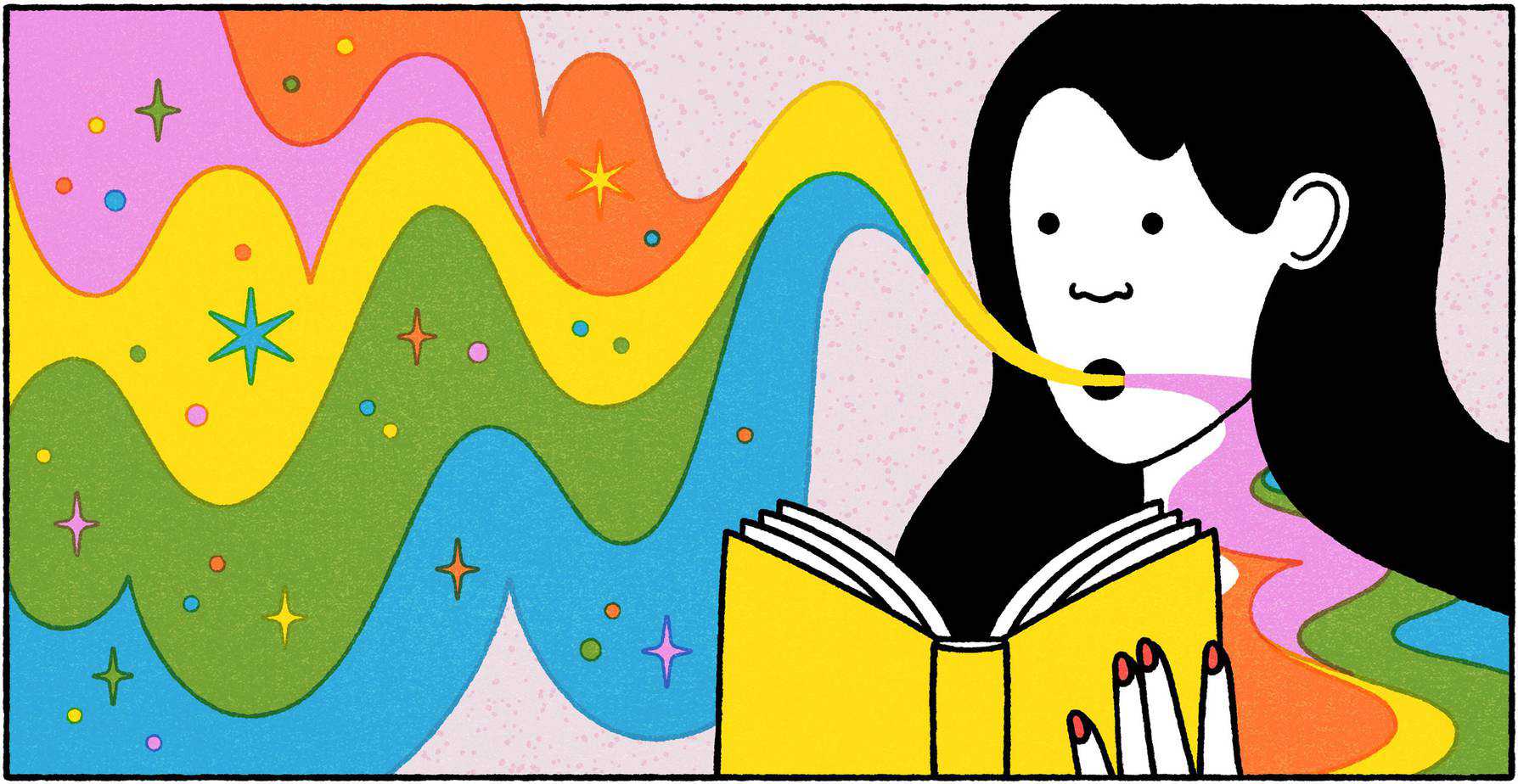
RELATIONSHIP BETWEEN VARIOUS CHARACTERS
In the movie “Lord of the Rings” we first see Merry and Pippin stealing rockets together, and later stealing vegetables from a farm. Thus it is established that they are friends, that they do everything together … and that their hands are a bit long.
We continue with the characters.
In this case, some of the summaries and explanations that I find in my workshops have to do with the relationship that various characters have . We return to the same thing: if this relationship has a minimum importance in the plot, we should SHOW it, instead of just explaining it , in a scene, or several, with its actions, gestures and dialogues or at least with details.
In this way, the relationship is introduced in a natural way , the reader simply deduces that there is that degree of relationship between the characters indirectly, and the entire narrative is more visual, agile and emotional.
Some examples of “explanations” in my workshops:
- “Antonio Díaz enjoys the entire confidence of Mr. Herrera , this led him to be his main political advisor . “
- “He sees several German customers at a table whom he knows quite well.”
- Elena is her best friend.
If we want to show that a character is the trusted «political advisor» of another, it is enough for us to write a first scene in which we see this Antonio Díaz advising Mr. Herrera when, for example, they are going to do an interview on the radio on a certain thorny political issue.
The politician may say something at the end like “Five years working together now, what would I do without you?” and Antonio Díaz would answer: “Losing elections.”
With that simple scene we would already make it clear , in a natural way, what that phrase explained : he is his political advisor and he has his complete confidence. In addition, in that first scene we can take advantage of so that, in the interview, they ask something that will later be related to the main plot . In this way we take advantage of it even more: because these scenes that I propose to show not only have to deal with that subject, but they can serve much more.
In the same way, we can show in a scene the protagonist of our story telling Elena something that just happened to her and asking her for advice, and thus we know that she is her friend. In the dialogue you can drop how long they have known each other or that Elena has always been there for her.
Sometimes they don’t have to be scenes. A friendship, work relationship, or flirtation, can also be described in the form of a narrative that summarizes what that relationship has been, or is, but providing a lot of small details .
Here’s an example like this from Truman Capote’s novel The Grass Harp:
“ Naturally, we are all intrigued and wonder who the Mr. Morris Ritz might be. (…) He had not made any friends and was not seen in the company of anyone, except for Mrs. Verena, who never took him home or mentioned him to anyone until one day her friend Catherine had the courage to say:
“Miss Verena, who is that ridiculous little Dr. Morris Ritz?”
And Verena replied, turning pale.
-Well, it doesn’t seem as ridiculous to me as to many other people.
People, scandalized, commented on the way Verena behaved with that Jewish doctor from Chicago, twenty years her junior! More than one afternoon, Verena and Dr. Ritz could be seen heading to the cannery, a dilapidated building with broken windows and half-fallen doors. It had been a generation since no one had passed by, except for a few teenagers who hid to smoke cigarettes or strip together. In early September, from an article in the Courier newspaper, we learned that Verena had bought the factory.
Shortly after that, Verena told Catherine to kill two chickens, as Mr. Morris Ritz was coming home for lunch on Sunday .
ATTITUDES OF THE CHARACTERS
We continue with the characters: you see that there is much about them that can be “shown” rather than “said” or explained. In this case, I want to focus on a more subtle aspect than their appearance or their relationships: their attitudes.
By this I mean how they behave at a given moment , or even how that way of acting or behaving changes over time. I usually find summaries that -if the character is the main character or the fact is important- need a scene or a few concrete examples to show like May Water:
- The following week, Elena tried harder than the previous one at work .
- He showed no interest in music.
- He was grumpy all night
As we saw in the section referring to the dialogues, the “grumpy” star can have a whole series of different levels and ranges , and the way a shy and introverted character is “grumpy” will surely have nothing to do with of another more cynical character, and even less of someone with violent tendencies. Therefore, if the character is essential to the story, or that moment is important for the plot, or for the development of the character, we should show either a scene, or concrete and plastic examples of how the character develops his attitude.
I leave you an excerpt from “Downhill” by Anne Tyler , which exemplifies very well that “I did not show interest in music”
“ Evie Decker was not interested in music. It showed even in her very appearance – short and wide, and heavy on her feet. He listened to the marches without setting the rhythm, he forgot the melody of Stars and Stripes, and he moved awkwardly through the high school gymnasium with staggering steps. At noon, while Evie ate her sandwich, the guys in the band were playing Dixieland in the corner of the cafeteria. Sharp metal notes pierced the air above the tables, streaking through it like arrows. Evie was still eating, a plump, nondescript girl in a brown sweater with little balls starting to come out of her elbows.
So Violet Hayes (her only friend) didn’t understand anything when Evie invited her to a rock concert at the Sturdust Movie Theater »
EXPERIENCE AND PROFESSION:
Another aspect in which a lot is usually summarized (“saying” and not “showing”) when it comes to the characters is in terms of their professional ghostwriters or their experience.
Examples of summaries I usually find:
- I am an expert in hypnosis.
- Angela was a successful lawyer.
It is clear that I am a chef because I am in a kitchen with a white coat stained with bolognese sauce.
We return to the same: if it is an uninteresting character, just say “So and so, his friend, turned out to be a lawyer.” But if Angela is the protagonist of a long story, or a character of some relevance in a novel , then without a doubt it will be much better to show. It can be done by means of a “detail salad”, in the manner of Anne Tyler in the previous section, or we can present it in a small scene in which we see her winning a trial, or chatting with a client who is interested in hiring her.
It does not have to be a very long extract: two or three paragraphs are enough and we will have ready the “sample” of what it does. And, again, you can always use it to include relevant information from our main plot in that small scene.
PAST EVENTS AND AGE:
- I was a 14 year old boy
- He had just turned 70.
- The company had merged with another years ago.
The age of the characters (or buildings, pets, etc.) is another of the moments in which it is good to show, even briefly, so that your reader takes a more vivid impression, and not just a statement that we must believe us at face value without any palpable proof.
That can be a very brief moment, but a couple of details dropped here and there can make us feel, in a reliable way, the age of that character or object, or the past event that we want to highlight.
Basically we can show age in three ways:
– Because of what the character does (or because of what he doesn’t do). An older person will probably not enter the scene capering or chasing a soccer ball – unless they are a professional footballer.
– Because of what the character says : the things he looks at, or even his language itself can help to highlight his age.
– By its appearance: and I am not only referring to smooth skin, wrinkles or baldness, but also to hairstyle, clothing, etc.
I leave as an example the description of one of the characters in “The God of Small Things”, by Arundhati Roy:
” In the old house on the hill, Baby Kochama was sitting at the dining room table. She was wearing a dingy checked cotton nightgown with puff sleeves and yellow saffron stains. (…). He was peeling a cucumber with a barely concealed air of triumph. He was 83 years old. His eyes spread like butter behind thick glasses .
An example of the age of an object, in this case a truck, taken from Cormac McCarthy’s “The Road” :
“ The truck had been there for years, the tires flat and wrinkled under the rims. The nose of the vehicle was embedded in the parapet of the bridge and the trailer had disengaged from the top plate. »
As you can see, these authors do not limit themselves to giving us the age of the vehicle, or the age of Baby Kochama, but they show us details so that we can feel that age .
THE USUAL CUSTOMS OF THE CHARACTER OR HIS RELATIVES
Here Joey tells us that he doesn’t like to share his food …
It is very usual that one tends to summarize the habits or customs of the characters , or the things that happen periodically and daily. It seems – and I understand that that impression – that is enough to name the fact that cale , so that the person reading you an idea of what kind of character or situation of which we speak.
But, as in almost all the examples that I am putting in this article, naming, without more, a fact does not make
… and here it shows us
leave a mark . If it is something that is minimally relevant to the story, it is much better that we stop, even a little, and show that daily and periodic fact, by means of details, or scenes.
Dedicating that space to it is like putting a magnifying glass on it: it immediately stands out more and it is impossible to go unnoticed.
Also, as with everything we show instead of explaining, we appeal to the senses, and the person reading it can get more excited about it (or can be prepared to get excited later).
Some examples of customs or daily events or summarized newspapers that I usually find:
- I always ate breakfast alone, my children almost did not come home.
- We discussed every week the situation of the company
- On weekends we had marital sex
A good formula to show this everyday example is to show it, first in a scene and, later in the novel or story, to show it again – more briefly: in this way the person who reads it deduces that it is a frequent fact. This option is perfect, especially if we want to give the impression that what the characters do is very routine and repetitive , so much so that it starts to tire them.
But it is much more usual (and equally effective) that, simply together with the affirmation of that custom, habit or repeated fact we put some concrete details of how it happens, or of what the characters feel when it happens. Simply showing how it happens, and not just “what”, will make the person who reads it feel it more, absorb it .
SITUATIONS AND DESCRIPTIONS:
Finally, I know – from my workshops – that many people find it difficult to describe a place or an environment . Sometimes it’s because you don’t know how to deal with them, but at other times, what I find are people who “hate” long descriptions of nineteenth-century literature and try to avoid them by all means.
However, in the same way as with habits or repeated actions, simply defining an environment or a place with a word is usually not enough for the person who reads you to imagine it and, even more, to feel it in their flesh. . I put a couple of examples:
- Everything is messy in the room
- They arrived at the hotel: it was gloomy
- It was a seedy little town
Just as i have Pardon me: I have shown – under other headings, words like “messy” or “gloomy” may imply , or things less degrees- very different. For this reason, and above all also for the person reading you to feel that disorder, it is important to stop a bit. A couple of sentences, a few strokes (even a metaphor) would be enough to achieve the effect of “showing” instead of explaining .
I end this post with an example of a description of “seedy town” by a magnificent writer, Carson McCullers, and thus begins his work “The ballad of sad coffee” :
« The people themselves are melancholic. It doesn’t have much, apart from the cotton-spinning factory, the two-room houses where the workers live, several peach trees, a church with two stained-glass windows, and a miserable main street no more than a hundred meters high. On Saturdays farmers from the surrounding area come to do their shopping. Outside of that, the town is lonely, sad; it is as lost and forgotten by the rest of the world. If you walk down Calle Mayor one afternoon in August, you won’t find anything to do . ‘




